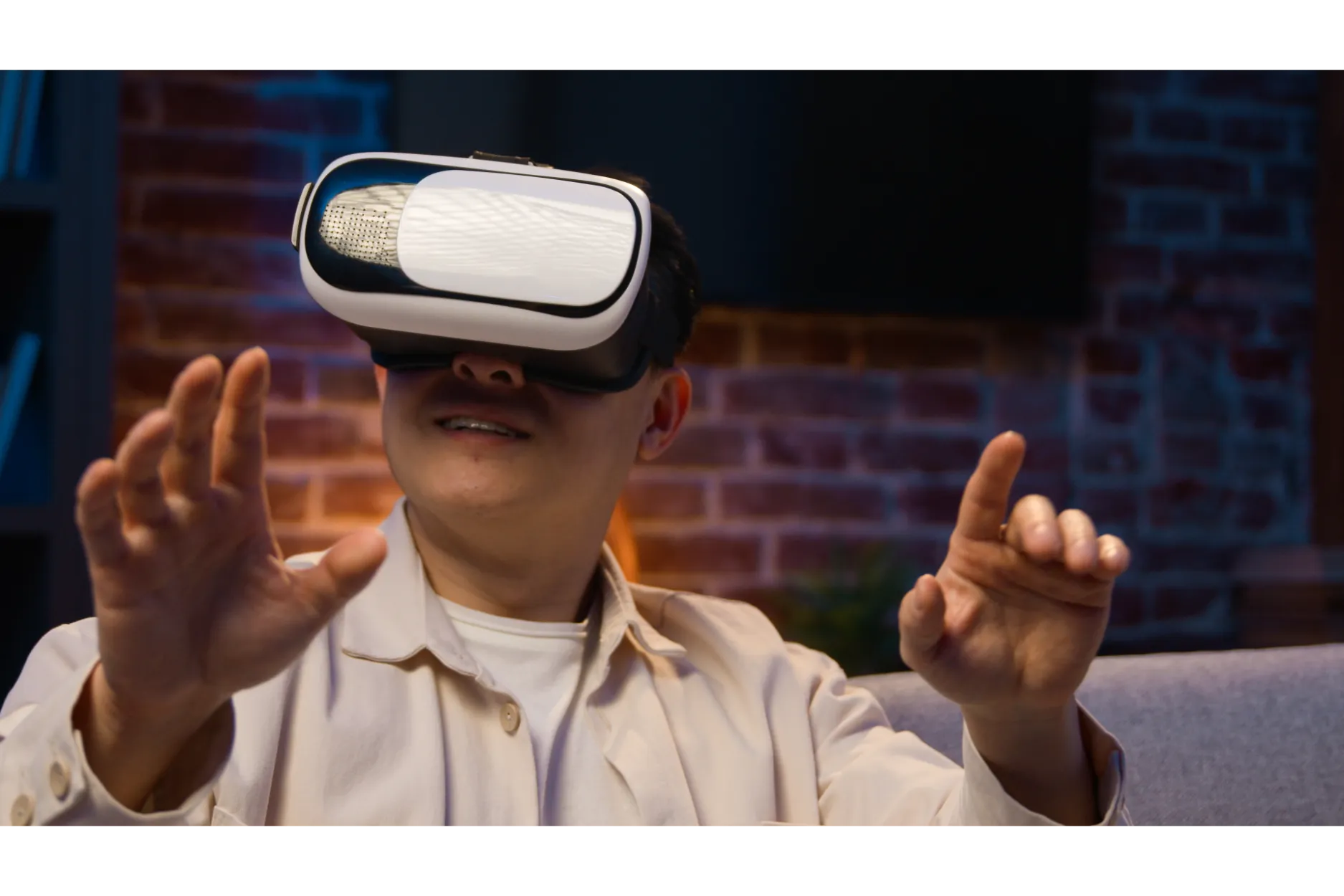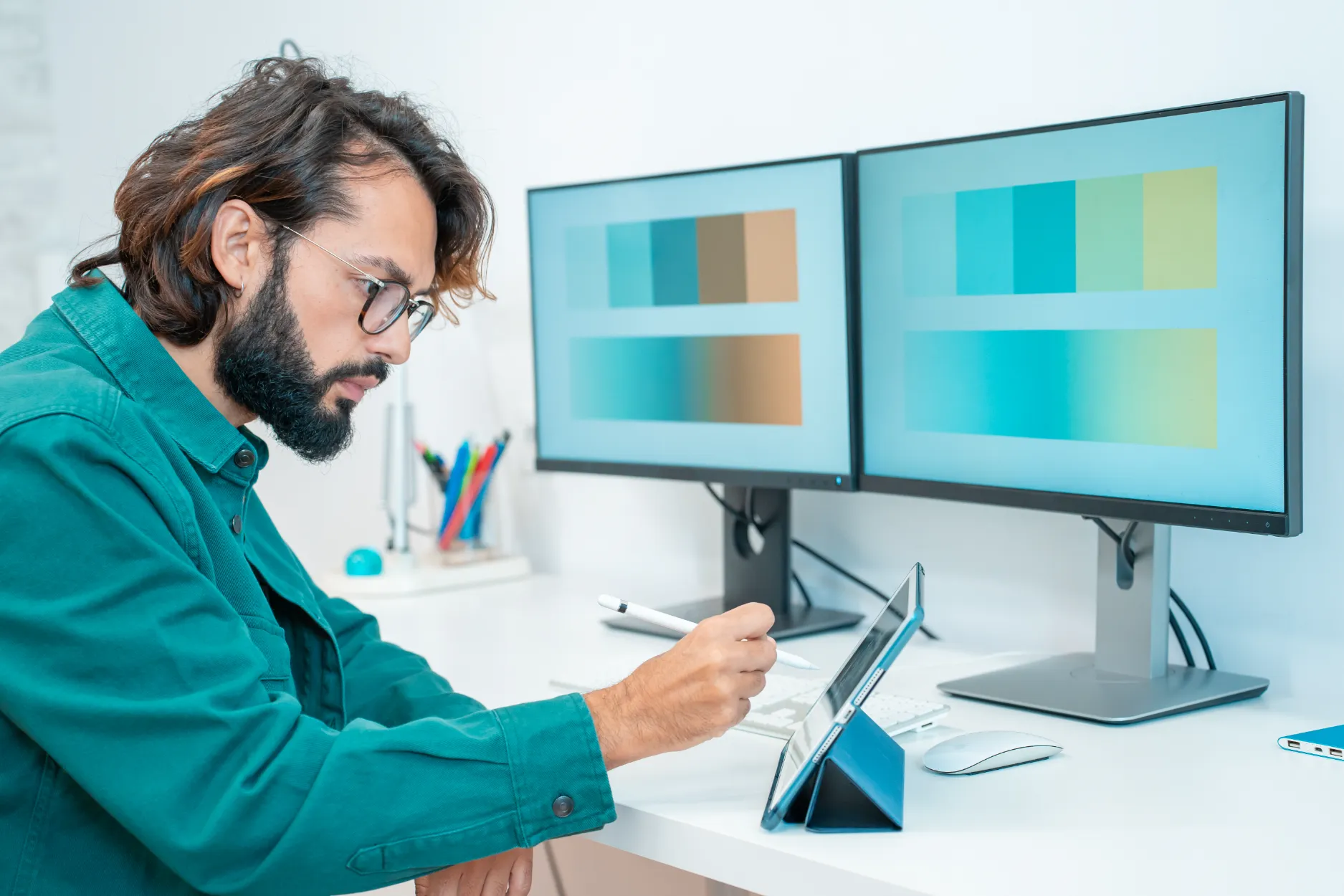
In the fast-paced world of business and marketing, staying ahead of the curve is paramount. Traditional brochures and catalogs have been a staple for businesses to showcase their products and services for decades. However, as technology advances, so does the way we interact with brands. Enter immersive 3D experiences, a game-changer in the world of marketing and customer engagement.
In this blog, we'll explore how the utilization of immersive 3D experience, 3D catalogs, and virtual cataloging can take your brand interactions to new heights. We'll draw inspiration from various sources that have already embraced this trend and discuss how you can apply these ideas in real time to enhance your brand's presence.
Immersive 3D experiences are not just a passing trend; they are revolutionizing the way brands engage with their audience. Instead of static, two-dimensional brochures and catalogs, businesses are now leveraging the power of 3D experiences to create dynamic and interactive presentations. Let's delve into some key aspects of immersive 3D experiences:
The saying "a picture is worth a thousand words" holds true in the digital age. With immersive 3D experience, you can offer your customers a visually stunning and interactive experience. It allows them to explore your products from every angle, providing a real sense of what they are buying. This enhanced visual impact can captivate your audience and leave a lasting impression.
Take inspiration: IKEA's 3D kitchen planner allows customers to visualize their dream kitchen, making the decision-making process more engaging and informed.
One of the primary advantages of immersive 3D experiences is the level of interactivity they offer. Instead of simply flipping through pages, customers can interact with 3D models, zoom in, rotate, and even customize products in real time. This level of engagement leads to a more personal connection between the customer and the brand.
Apply in real-time: If you're in the fashion industry, consider implementing a virtual dressing room where customers can try on clothes virtually, making online shopping more interactive and fun.
Immersive 3D catalogs provide a unique opportunity to convey product information effectively. You can embed detailed descriptions, specifications, pricing, and even links to related content seamlessly within the 3D environment. This ensures that customers have all the information they need at their fingertips, reducing the need for extensive research.
Draw inspiration: The automotive industry has excelled in this area, offering detailed 3D models of cars with clickable hotspots that reveal specific features and pricing.
3D catalogs are the modern-day evolution of traditional product catalogs. These digital representations of your products offer numerous advantages:
One of the key benefits of 3D catalogs is their accessibility. Customers can browse your catalog from the comfort of their homes, eliminating the need for physical copies. This convenience is particularly valuable in today's digital age.
Apply in real-time: If you're a furniture retailer, consider creating a 3D catalog of your products, allowing customers to virtually place items in their living spaces to see how they fit and look.
3D catalogs enable personalization like never before. By tracking customer preferences and behavior, you can tailor the catalog's content to suit individual interests. This not only enhances the customer experience but also increases the likelihood of conversion.
Take inspiration: Amazon's product recommendations based on previous purchases and browsing history demonstrate the power of personalization.
Digital 3D catalogs provide valuable data that can be used to refine marketing strategies. By analyzing user interactions, you can gain insights into which products are popular, how customers navigate your catalog, and what areas need improvement.
Apply in real-time: Implement analytics tools to track user behavior within your 3D catalog, enabling you to make data-driven decisions to optimize your catalog's performance.

Virtual cataloging takes 3D experiences a step further by creating immersive environments where customers can virtually explore your products. Here's why it's gaining traction:
Virtual cataloging seamlessly integrates various elements of your brand, creating a holistic experience. This can include virtual showrooms, interactive demos, and even virtual events, allowing customers to engage with your brand on multiple levels.
Take inspiration: Luxury car manufacturers like BMW and Mercedes-Benz have hosted virtual launch events, allowing customers to explore their latest models in a virtual showroom.
For businesses, virtual cataloging can lead to significant cost savings. Traditional physical showrooms and events require substantial investments in rent, logistics, and staff. In contrast, virtual cataloging offers a cost-effective way to reach a global audience.
Apply in real-time: Consider hosting virtual product launches or exhibitions to showcase your latest offerings, saving both time and money.
Virtual cataloging provides an immersive experience that engages customers on a deeper level. It allows for real-time interaction with products, experts, and other customers, fostering a sense of community and trust.
Draw inspiration: The gaming industry has been a pioneer in virtual cataloging, with virtual expos and conferences drawing millions of attendees from around the world.
Read Also: Top 5 Ways To Achieve Higher ROI For Your Decor Business
In conclusion, the era of traditional brochures and catalogs is gradually fading away as businesses embrace immersive 3D experiences, 3D catalogs, and virtual cataloging. The impact of these technologies on brand interactions cannot be overstated. They provide a visual feast for customers, enhance interactivity, and offer a wealth of data for businesses to refine their strategies.
As you consider implementing these cutting-edge technologies in your business, remember to draw inspiration from the success stories of others. Whether it's IKEA's immersive kitchen planner, Amazon's personalized recommendations, or BMW's virtual showroom, there are plenty of real-world examples to guide you.
As we conclude this journey through the realm of Immersive 3D and its profound impact on the interior décor landscape, we invite you to step boldly into the future. Embrace the power of Twinn Vision, where the fusion of technology and design crafts an experience that transcends the ordinary and paves the way for a more immersive, intuitive, and inspiring world of decor.
The future of brand interactions is here, and it's three-dimensional. Embrace the possibilities of immersive 3D experiences, 3D catalogs, and virtual cataloging, and watch your brand engagement soar to new heights.
FAQs
Virtual cataloging integrates various brand elements into immersive environments, saving costs, enhancing customer engagement, and fostering a sense of community. It's a cost-effective way to showcase your products globally and embrace the future of brand interactions.
3D catalogs make your products easily accessible, offer personalization options, and provide valuable analytics. They streamline the shopping experience, increase customer engagement, and help you make data-driven decisions to optimize your marketing strategies.
Immersive 3D experiences are digital presentations that allow customers to interact with products in three dimensions. They go beyond static visuals, offering dynamic, interactive, and engaging ways to showcase products and services.